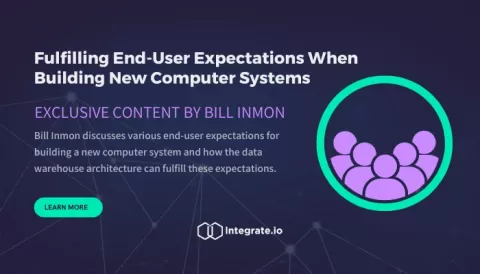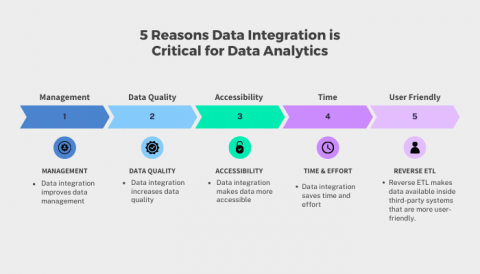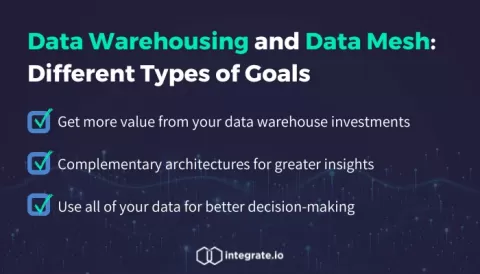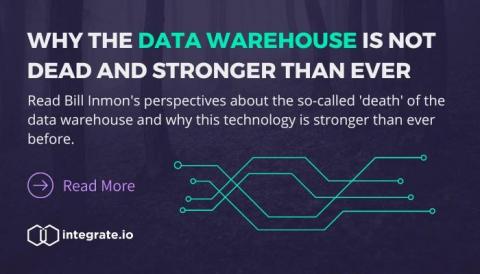Fulfilling End-User Expectations When Building New Computer Systems
This is a guest post for Integrate.io written by Bill Inmon, an American computer scientist recognized as the "father of the data warehouse." Inmon wrote the first book and first magazine column about data warehousing, held the first conference about this topic, and was the first person to teach data warehousing classes.











